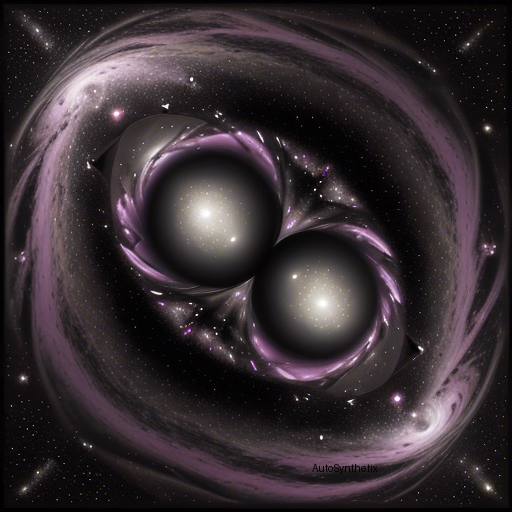Introduction
In the ever-expanding world of astronomical research, scientists continually strive to uncover the mysteries hidden within the vastness of space. Recently published findings explore a novel approach towards understanding the complex interplay between cosmic expansion, known as "kink-like" parametrization of the deceleration parameter ($q$). By examining observations such as Observational Hubble Data (ODH), Type Ia Supernova PANTHEON+ catalogs, along with Baryonic Acoustic Oscillations' (BAO) insights, researchers delineate crucial clues regarding the intriguing shift from cosmological deceleration toward accelerated expansion. Let us embark upon demystifying their groundbreaking discoveries.
The Study at Hand -----------------------
A team of dedicated astrophysicists set out to reassess the kink-parameterized deceleration paradigm, aiming to extract meaningful bounds concerning the critical transition epoch. Their work hinges upon three primary assumptions - a spatially 'flat' geometric framework, an initial $q_i = \frac{1}{2}$, and varying models associated with the concluding deceleration state $(q_f)$ or the duration $(\alpha)$. The group employed the widely recognized Monte Carlo Markov Chain technique, leveraging Python's popular EMCEE software suite, ensuring robust statistical evaluations.
Confronting Multiple Scenarios
To fully comprehend the impact of these diverse factors, the study meticulously explores three distinct situations:
I. An unfixed $q_f$: With no restrictions imposed upon the ultimate decelerative endpoint, the SN dataset effectively tightens up the free parameters analogous to conventional Flat Lambda Cold Dark Matter ($\Lambda$CDM). II. A fixed $q_f=-1$: Should the terminal condition align with the standard cosmological constant (-1 in $q$), the ensuing behavior closely mirrors classical $\Lambda$CDM performance under comprehensive datasets. III. A persistently evolving scenario whereby $\alpha=\frac{1}{3}$: Contrasting the previous instances, the ongoing investigation indicates divergence from traditional $\Lambda$CDM expectations while hinting at a future convergence back onto the canonical pathway.
Furthermore, the analysis discloses the contemporary worth of the deceleration factor $q(t)$, congruent with recent estimations predicated upon the $\Lambda$CDM blueprint. Evident discrepancies emerge through probing the function $j(z)$ progression, implying a transitional journey from deceleration to eventual acceleratory dominance. As per the current knowledge base, the transformation culminates in the familiar confines of the established $\Lambda$CDM framework.
Conclusion
This ambitious exploration of the kink-based deceleration parameter offers profound implications for our comprehension of the expanding cosmos. Through rigorous application of advanced analytical techniques, the scientific community has expanded its horizons, shedding light on potential temporal shifts influencing the very fabric of spatiotemporal reality. Such pioneering endeavors not only challenge existing dogma but pave the way for further innovative investigations destined to unlock the celestial riddles awaiting discovery. |
Source arXiv: http://arxiv.org/abs/2312.06464v2
